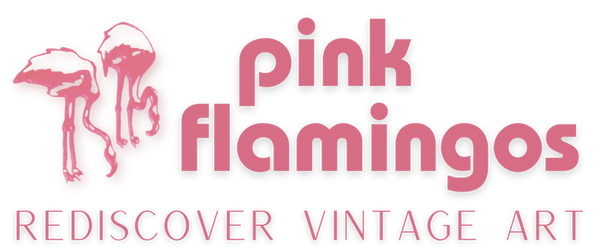I'm going to write this series of blogs in a semi-Star Wars style, starting with Part III, then backtracking to Part II, then Part I. The series is formulated this way because we will begin in the 20th century and then dip back into the 19th century and, to be frank, I just wanted to start with Roger Tory Peterson, follow with John and Elizabeth Gould, and end with John James Audubon. A reverse-chronological order achieves this objective.
While "Audubon" primarily refers to John James Audubon and his work on bird illustrations, it can also be used in various contexts related to bird conservation, art, and nature centers. For the purposes of this blog series, I'll be highlighting two other famous ornithologists and how they followed in James Audubon's footsteps, essentially becoming the "Audubons" of their era and region.
In Part III, we're beginning our story with the 20th century American Audubon, Roger Tory Peterson.
Roger Tory Peterson, the artist, the photographer, the writer, the guide who turned the skies into a cathedral for the worship of living things... [is] one of America's most talented men.
— PETER JENNINGS, ABC World News Tonight, recognizing Roger Tory Peterson as November 4th, 1994 Person of the Week.

Frequency of the use of "ornithologist" in publications (source: Google Books Ngram).
Roger Tory Peterson was born on August 28, 1908, in Jamestown, New York. His early fascination with nature and birds was sparked in the seventh grade, when one of his teachers encouraged her entire class to join a Junior Audubon Club. Very quickly, Peterson became enamored with birds and developed a passion to identify them. This, combined with his artistic bent, led him to study at the Art Students League of New York City and later at the National Academy of Design. His artistic talents would become a cornerstone of his later work.
Peterson's groundbreaking field guide, A Field Guide to the Birds, was published in 1934 when he was just 26 years old. While most publishers were leery of publishing such a young author's book on birds, Houghton Mifflin took a chance on Peterson. His first printing of 2000 copies were sold out within a week; in the years since, Peterson's guide has been sold in five separate editions and has never stopped selling.
This guide was revolutionary because it introduced a new format for field guides. Unlike previous guides that were text-heavy and relied on written descriptions, Peterson's field guides featured detailed illustrations alongside concise, easy-to-understand text. This format allowed birdwatchers of all levels to identify birds more easily and accurately.

Closeup of "Snowy Egret": Quaker State Lithographing Company Copyright, 1944
In 1942, Peterson formed a partnership with Quaker State Lithographing Company which would go on to facilitate the broad dissemination of his awe-inspiring early Audubonesque artworks to a vast public audience. The company founder, Gertrude Gerstel Steinberg, was impressed with his work and their partnership lasted nearly twenty years.
By producing as many as 6,000 copies of each Roger Tory Peterson painting, Steinberg’s lithography was another step in putting Peterson’s discerning eye before the American public and, in turn, making them more aware of the natural world around them.
— Victorville Daily Press, 1977
At Pink Flamingos, we have in our new vintage inventory two of Peterson's original vintage Quaker State Lithographing Company lithographs; these are in mint condition and were printed in the 1940s:
- Snowy Egret: printed in Switzerland in 1944
- Flamingos: printed in the USA in 1946
Current photos of the Snowy Egret and Flamingos lithographs in inventory at Pink Flamingos, LLC.

Pink Flamingos, Inc., original mockup circa 1980 on RT Peterson and the two vintage prints in our inventory.

Turner Manufacturing Company's closing letter with information on the source and quality of the Peterson lithographs.
Peterson's impact on the world of birdwatching, ornithology, and conservation is immeasurable. His field guides have inspired generations of naturalists and bird enthusiasts, and his dedication to conservation has helped shape the modern environmental movement. Today, his work continues to influence and educate people about the natural world. The Roger Tory Peterson Institute of Natural History, founded in his honor, promotes the study and appreciation of nature through art and science.

Closeup of "Flamingos": Roger Tory Peterson, Lithographed in USA
Keep an eye out for next week's blog on "The Audubon, Part II: The Brits."
Sources:
- Roger Tory Peterson Institute of Natural History. "About Roger Tory Peterson." Link
- The Roger Tory Peterson Institute of Natural History. "Featured Works from The Collection." Link
- PBS Nature. "Roger Tory Peterson: The Life and Times of an American Artist and Conservationist." Link
- Harper Collins. "Peterson Field Guides, Biography." Link




